Caddx Ratel 2 Micro Starlight Low Latency FPV Camera Introduction

Experience the next level of FPV flying with the Caddx Ratel 2 Micro Starlight 1200TVL Camera. Engineered for pilots who demand unmatched clarity and precision, this camera offers exceptional low-light performance, making it perfect for night flights and challenging lighting conditions. With a remarkable 1200TVL resolution and ultra-low latency, you’ll never miss a moment, ensuring every flight is captured with crystal-clear detail.
Key Features:
- Starlight Technology: Fly confidently in low-light environments with enhanced night vision.
- 1200TVL Resolution: Enjoy stunning clarity and sharpness in every frame.
- Micro Design: Compact and lightweight, perfect for tight builds.
- Low Latency: Real-time video transmission with minimal delay for a seamless FPV experience.
- Durability: Built to withstand the rigors of FPV flying, ensuring long-lasting performance.
Upgrade your FPV setup with the Caddx Ratel 2 Micro Starlight Camera and dominate the skies, day or night. Perfect for racers and freestyle pilots alike, this camera is your ticket to an unparalleled flying experience.
Order now and elevate your FPV game!
The Caddx Ratel 2 HDR Starlight 1200TVL FPV Camera features superb night vision, clear and sharper images. The Ratel 2 is equipped with high quality 1/1.8″ inch starlight, a Super WDR sensor, providing up to 0.0001 sensitivity of lux, 8ms low latency, 4:3/16:9, and PAL/NTSC switchable, and a separate OSD menu.
Features of Caddx Ratel 2
- High quality 1/1.8″ Inch starlight HDR sensor
- OSD menu
- Switch between PAL and NTSC video standards or between 4:3 and 16:9 video formats
- Ultra-low latency of 8ms
Specifications
- Brand Name: Caddx Micro Ratel V2
- Item Name: Ratel
- Color: White/Red/Black
- Lens: 2.1mm
- Image Sensor: 1/1.8″ Inch starlight HDR sensor
- Horizontal Resolution: 1200TVL
- FOV: 165 Degree
- Min. Latency: 8ms
- TV System: NTSC & PAL (changeable)
- Image: 16:9 & 4:3 (changeable)
- WDR: Super WDR (HDR)
- Min. Illumination: Starlight
- Synchronization: Internal
- Electronic Shutter: PAL: 1/50~100,000; NTSC: 1/60~100,000
- S/N Ratio: >60dB (AGC OFF)
- Video Output: CVBS
- DNR: 3-DNR
- Language: ENG/FRANCE/RUS/SPA/PU/KOREA/CHN/JAPAN
- Day/Night: Auto/Color/B&W/EXT
- Dimensions: 19mm*19mm*20mm
- Wide Power Input: DC 5-40V
- Work Temperature: -20~+60°C
- Weight: 5.9g
Includes
- 1 x Caddx Ratel 2 HDR FPV Camera
- 1 x 5D-OSD Menu Board
- 1x 2Pin Silicon Cable
- 1x 3Pin Silicon Cable
- 1 x 1.5mm Allen Wrench
- 1 x Warranty Card
CHECK OUT OUR VTX COLLECTION:
What is a Video Transmitter?
https://www.easytechjunkie.com/what-is-a-video-transmitter.htm
VTX stands for video transmitter, this is the heart of the FPV life system. Pumping life into the many possibilities of FPV. VTXs come in many different shapes, sizes, strengths, and wiring setups. Strapped to the front of the quad is an FPV camera, and strapped to the head is a pair of FPV goggles. You can watch live, instantaneous footage right from the cockpit because the VTX is sending the footage received from the camera out to the goggles.
You are picking the right VTX for you. This will start with knowing if size and weight are factors for you. If you are planning to race, and only race, then you will select any VTX that is light in weight. It’s probably important that your VTX can do pit mode and channel control (depending on which one you choose). This may be a smart audio feature or the tramp protocol. Pit mode is where you will be able to set your VTX to a certain mode that allows you to power up your quad without powering up your VTX to keep you from blasting video and trampling over other racers on the track. Channel control allows you to change your frequency right from your radio for easy switching at a race, or to prepare your quads for the race the next day. Seeing that range is not so much of a factor in a race, only 25mw is allowed, and all that you need. So you can pretty much pick any when it comes to figuring out which is best for you and your power output needs.

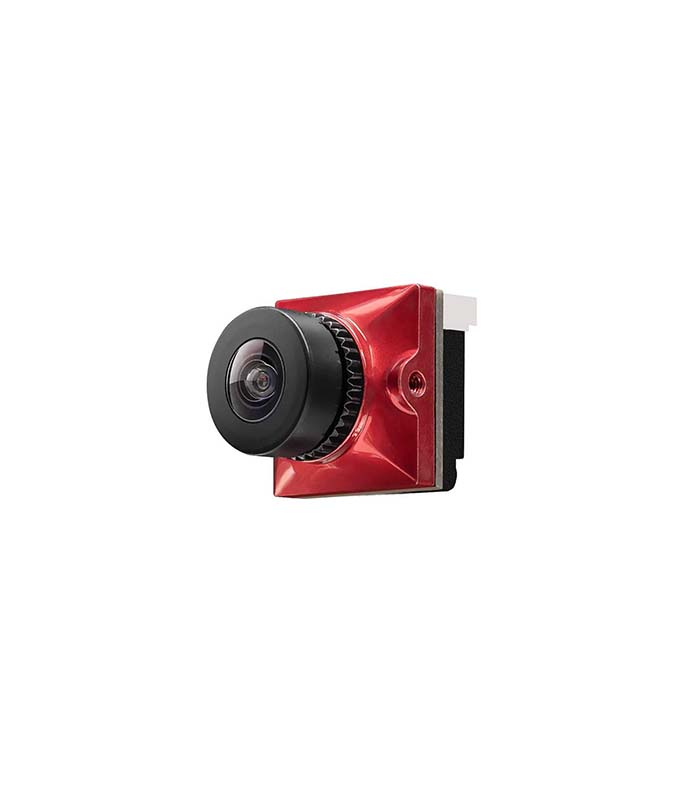
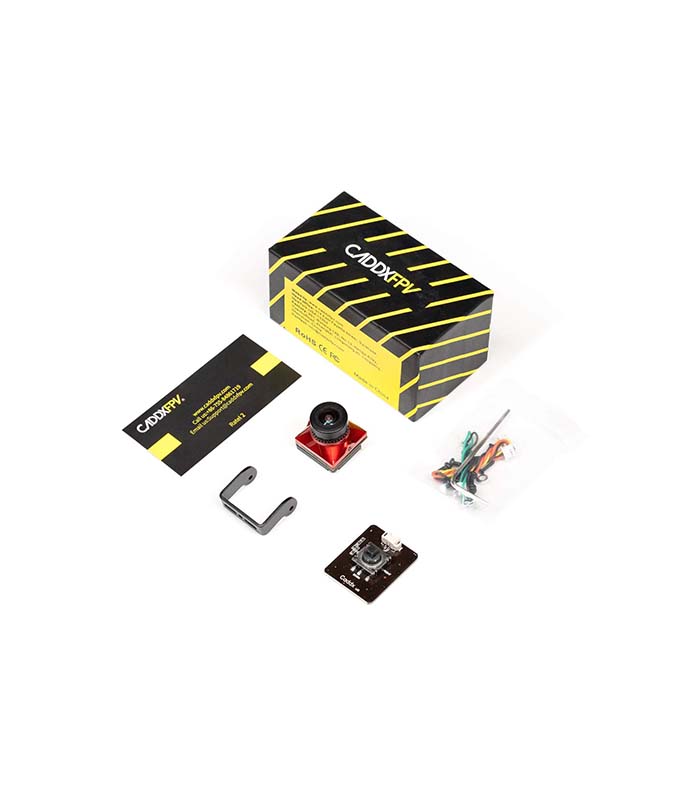
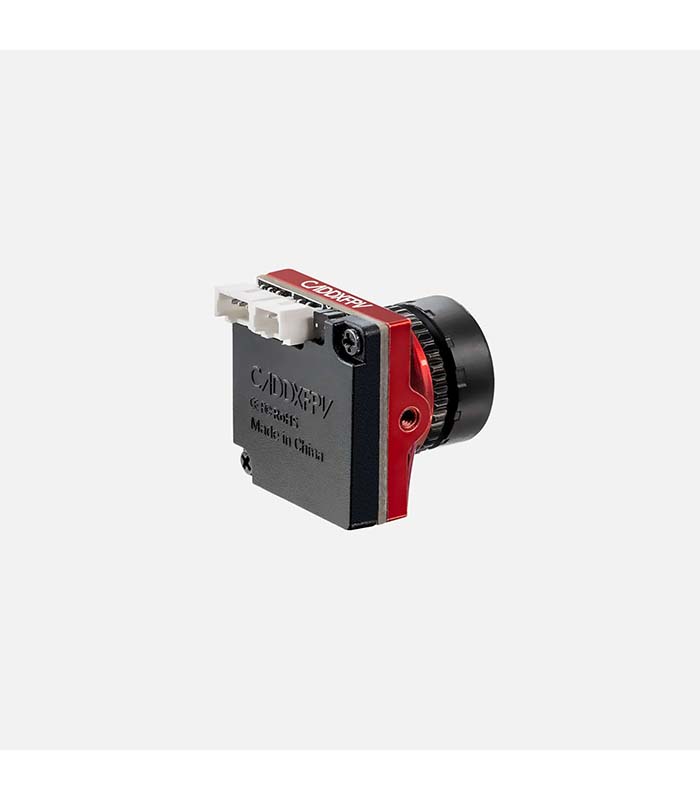
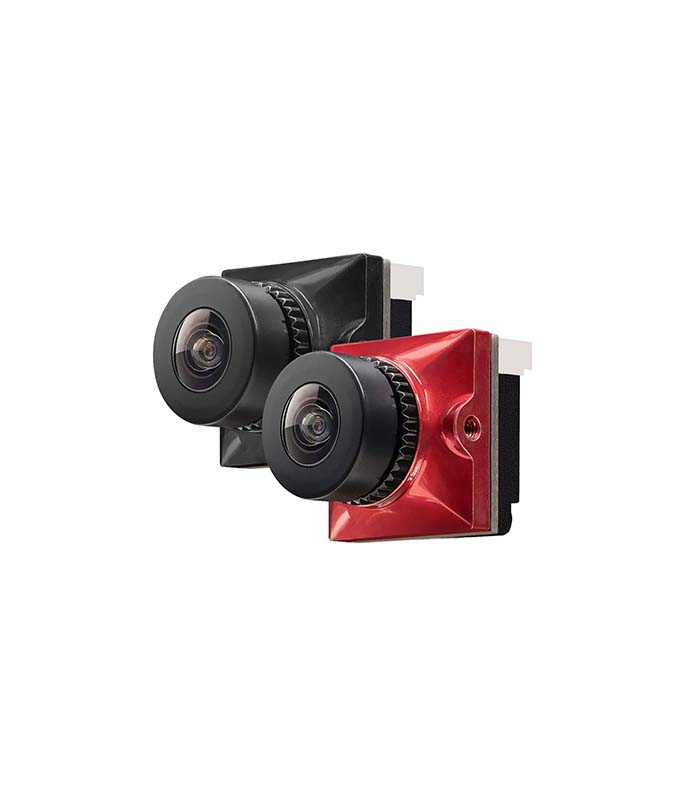
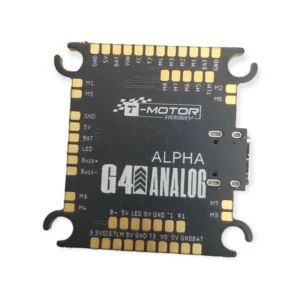
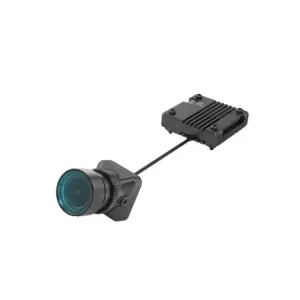
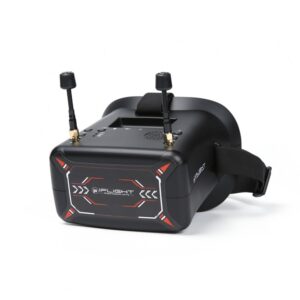
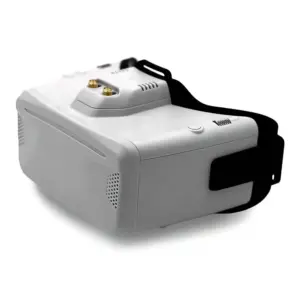
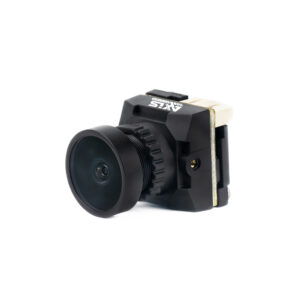
Reviews
There are no reviews yet.